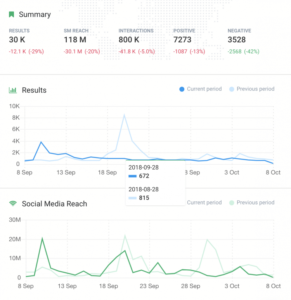Economic Security
Communities that have well-paid, stable jobs that provide enough to meet individual and family needs, access to quality housing, food, and healthcare, and agency in their economic future. Residents emphasize economic security as foundational to sustained community safety.
Areas within Economic Security that residents found to be most important for safety and thriving
The following indicators are meant reflect the conditions underlying community safety and thriving.
Poverty
The experience of poverty is the most common factor underlying a lack of safety in a community. A decrease in poverty should be the leading measure of a safe community.
Poverty Rate
Responsible NYC/Gov Agency: NYC Opportunity
Description: Rate calculated using income (inclusive of benefits), city housing expenses, and additional expenditure (see here)
Public Data Available? Yes.
Included in ONS Neighborhood Navigator: No.
Data Concern/Recommendation: Public data should be updated more frequently, include demographic-level information, and provide more geographic precision.
How residents talk about Economic Security…
How do residents feel about Economic Security?
[SAFE Lab Chart]
FAQ
Q: Is this data available?
A: All the data provided in the data explorer can be downloaded from the NYC Open Data Portal. All of the other data included as samples or recommended for data collection can be sourced from the NIS report but is not readily available.
Q: What are some actionable steps as a NYC resident?
A: First, we encourage you to review the NIS Safety and Metrics report. Second, encourage the relevant NYC agencies to improve data collection efforts, quality, frequency, and granularity. Third, hold government accountable around safety by pushing accountability across all agencies – every agency discussed has some role to play in co-producing safe and thriving communities.
Q: Who should I contact if I see errors or concerns in the data explorer?
A: Please email map@cityhall.nyc.gov with the subject “ONS Neighborhood Navigator Issue.” Someone from our team will get back to you 🙂
Q: When will the social media data be made available?
A: The SAFE Lab Social media tool is currently under research and development but will be made available in 2022. To keep up to date, please revisit this site for more information.
Feedback
Have questions? Want to get involved? Reach out to us via the following:
Email us at map@cityhall.nyc.gov
Subscribe to our newsletter for updates and info
Follow us on Instagram @nstatnyc
For press inquiries: mocjpress@cityhall.nyc.gov
